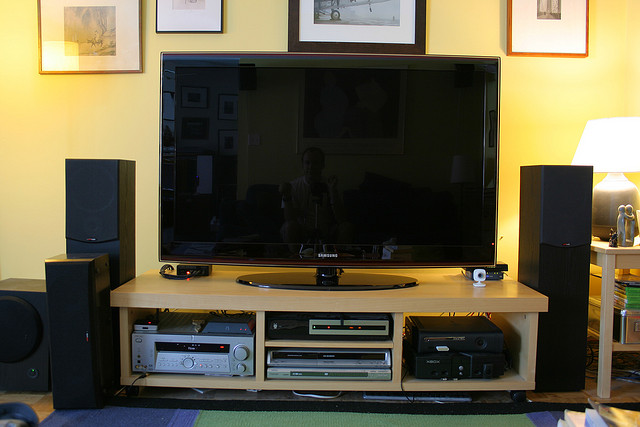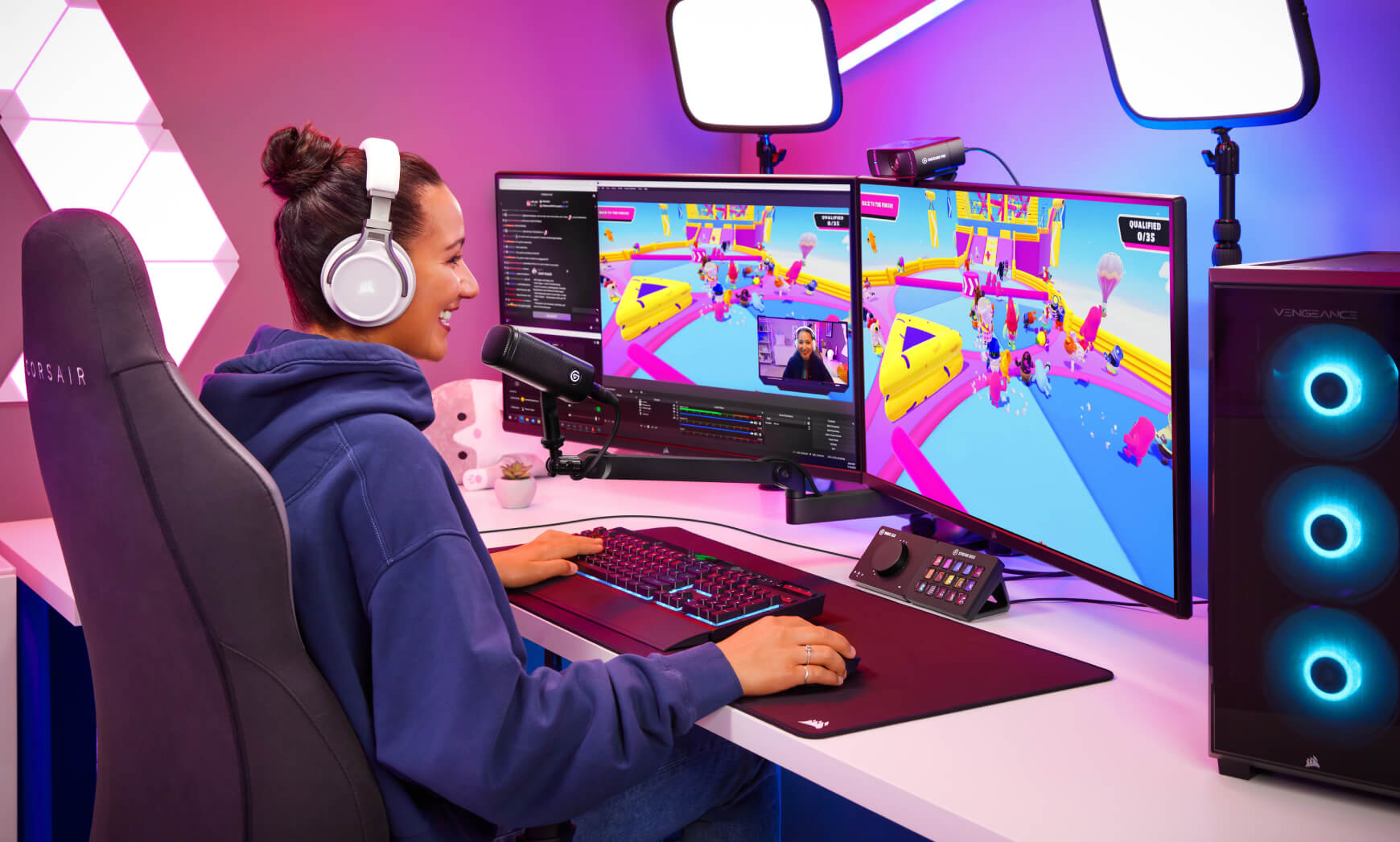With so many options out there, and technology that changes so fast, it is easy to get overwhelmed by all of the choices. In this article, We’ll give you advice for deciding on the best TV for you to purchase.
There are three things to look out for when deciding on your next TV set, and those are:
- 3D
- size
- internet connectivity.
In addition to that, with so many 1080p and 4K TVs, and now UHD TVs, choosing the right size TV is more difficult than ever before. You also need to consider the size and weight of the TV very closely. However, no matter what television set you have, you can enhance it with Direct TV for your home to get the most out of your viewing experience. Conversely, you must select a package keeping in mind the kind of television set you have. For example, there is no point in paying for 4K content if you do not have a television that can display such such quality.
With older big screen TVs, the clarity was lost the closer you got to them. Now, technology has advanced so that high-definition big-screen TVs look just as good or better close up. Screen sizes are getting bigger and bigger. Now you can get good deals on TVs as large as 90 inches with HD, and 110 inches with UHD. Consider one of these if you have an extremely large living space to take full advantage of what they have to offer. You’ll also need a pretty large bank account though.
How Do You Measure Up?
Break out the tape measure before you head to the electronics store. You need to know just how big a TV your living space can accommodate before you make a choice. Keep in mind that televisions are measured diagonally, so even a couple of inches can make a large difference in terms of both height and width.
Measuring before you go shopping will also help you in keeping perspective. It is very difficult to guess which TV will work best when you are faced with an entire wall of them if you have no numbers in hand. When you approach things in this manner, you are less likely to make a mistake.
In most cases, a bigger screen is better, as very few people spend a lot of time wishing they were watching a smaller screen.
Weight
You need to know if you want to mount your TV, or place it on a stand. If you are planning on putting it on a stand, you need to know how much surface area you have on the stand, and must be sure that it can support the weight of any TV you have in mind.
If you want the TV mounted on your wall, there are several other factors you must take into account. You must have a wall mount that is strong enough to support the weight of any TV you are considering. That mount may also need the wall mount to be anchored to studs in your wall. The last thing you need is your your expensive new TV to fall and break because your drywall gives way.
In general, you can expect most flat screens to weigh around 45 pounds. That number can increase with larger screens and display size. Edge-lit LEDs are the lightest, around 25 pounds, while UHD displays will add more weight to the equation.
Take all of these factors into account when you go shopping for a new TV. There is a number of options out there which is why it is important to act wise.
[Image by Adrian Black via Flickr http://flic.kr/p/5ggqca]













